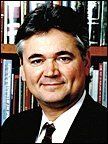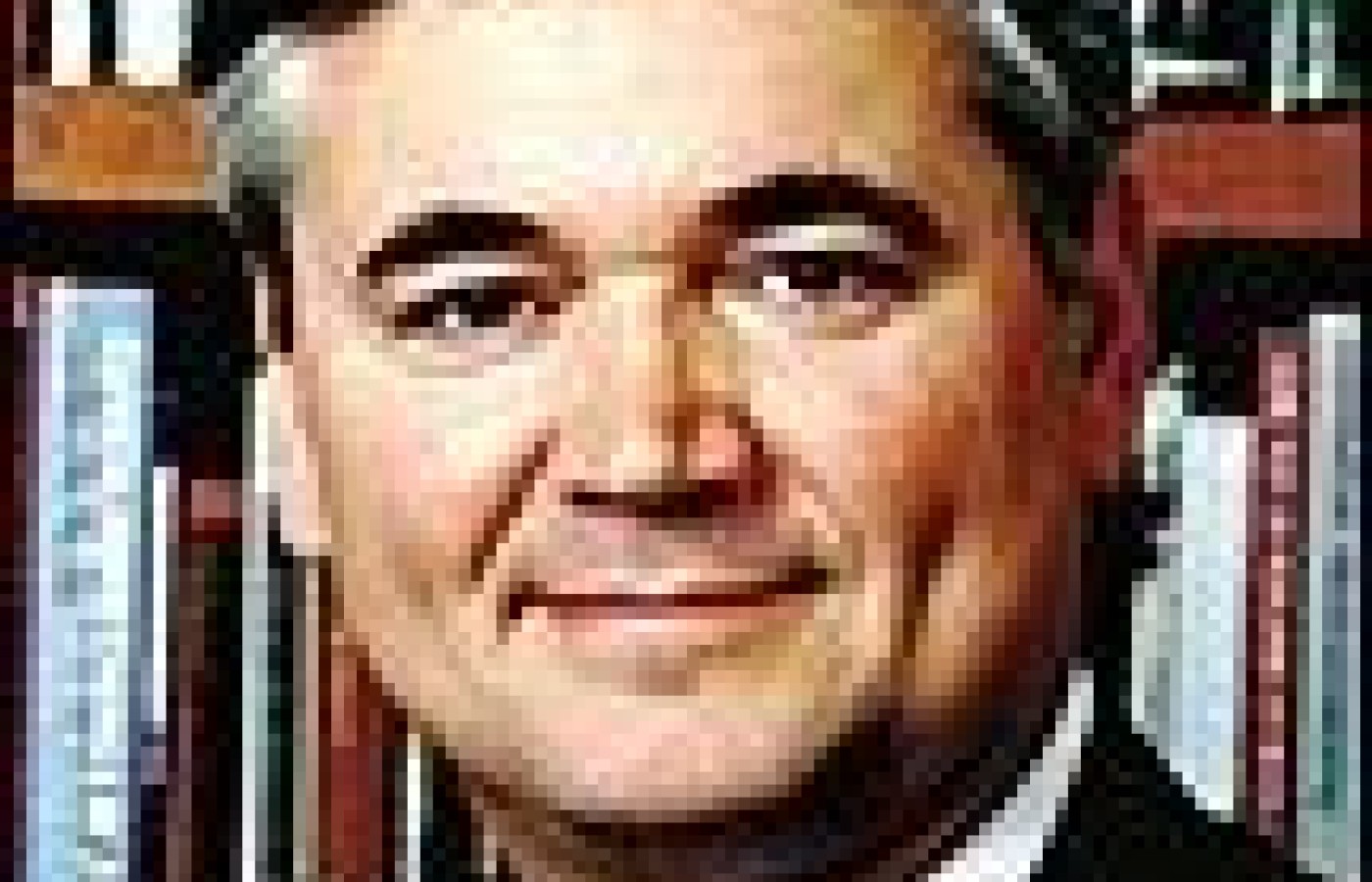New York's highest court of appeals has held that no-fault insurers cannot deny no-fault benefits where they unilaterally determine that a provider has committed misconduct based upon alleged fraudulent conduct. The Court held that this authority belongs solely to state regulators, specifically New York's Board of Regents, which oversees professional licensing and discipline. This follows a similar recent ruling in Florida reported in this publication.
Parker Research With Yale?
What does chiropractic have in common with research at Yale, the University of Chicago and the University of Texas? What about research conducted in Australia, Canada, Mexico, Spain and China? What is common to each of these institutions and countries is that they have been or are currently engaged in collaborative research with the Parker Research Institute at Parker College of Chiropractic. The theme of the 2006 ACC-RAC conference is collaboration, and collaboration has been the recent hallmark of Parker's research efforts.
There was a time not long ago when chiropractic research was considered an oxymoron by much of the biomedical community. This was not because of lack of interest in research, but rather the limited infrastructure, financial means and skilled research scientists. Serious medical research centers had no interest in joint research with the chiropractic profession. Today, things have changed - and in a big way. Not only has the profession developed some serious research infrastructure, but there also has blossomed a small cadre of highly qualified and respected researchers.

We are only five years into the new century, but during that time, the Parker Research Institute has established a network of research partners within the chiropractic profession and the medical community, locally, nationally and abroad. One of the profession's leading research teams at Parker produces some of the nation's best research in neurophysiology. Xuejun Song, MD, PhD, heads the neurophysiology research efforts. In January 2006, he and his team published a joint paper with the University of Texas Medical Center at Houston.1 In 2005, he published a joint paper with the University of Chicago,2 and in 2003, a joint paper with Yale University School of Medicine.3 Six of the peer-reviewed publications by the institute in 2005 were collaborative research efforts.2,4-8
However, the emphasis is not quantity at the expense of quality. The fact that Parker conducts research with highly respected institutions, and that the resulting papers are published in journals such as Nature Neuroscience, Pain, The Journal of Neurophysiology, JMPT and others speaks volumes to the quality issue. At the 2005 World Federation of Chiropractic Conference in Sydney, Australia, one of the studies produced by Dr. Song's team was awarded first place for the best scientific paper.12
Collaborative efforts exist to some extent at other chiropractic colleges, but it has been one of the prime strategies at the Parker Research Institute to capitalize on collaborative funding of mutually beneficial studies. Chiropractic institutions continue to have very limited resources, and with the willingness of nonchiropractic institutions to collaborate, it is no longer necessary for us to provide all of the labor and related funding. Collaborative studies also serve to expose the medical community to the serious commitment the chiropractic profession has to research. They foster a mutual respect and provide a forum to educate other health providers. There is tremendous potential for future collaboration, and the profession must continue to exploit all opportunities at local, national and international levels.
Parker Research Collaborations
- Universidad Estatal del Valle De Ecatepec, Mexico
- University of Chicago
- University of Texas Medical Center at Houston
- University of Texas Southwestern Medical Center at Dallas
- University of Alabama, Health Sciences
- Jiangsu Province Institute of Anesthesiology, Xuzhou Medical College
- Wenzhou Medical College
- Yale University School of Medicine
- Texas Back Institute
- World Federation of Chiropractic
- Canadian Chiropractic Association
- Cleveland Chiropractic College
- Logan Chiropractic College
- Royal Melbourne Institute of Technology
- University of Barcelona
Recent Collaborative Publications
- University of Texas Medical Center at Houston: Song X-J, Walters ET, et al. cAMP & cGMP pathways contribute to sensory neuron hyperexcitability and hyperalgesia following dorsal root ganglion compression in the rat. Journal of Neurophysiology 2006.
- University of Chicago: Song X-J, Zou Y-M. Anterior-posterior guidance of corticospinal tract axons in spinal cord. Nature Neuroscience, September 2005.
- Yale University School of Medicine: Song X-J, LaMotte RH, et al. Stomata of nerve injured sensory neurons exhibit enhanced responses to inflammatory mediators. Pain, September 2003.
- Canadian Chiropractic Association: Gotlib A, Rupert RL. Assessing the evidence for the utilization of manipulation of pediatric health conditions - a systematic review. Pediatrics and Child Health, March 2005.
- World Federation of Chiropractic: Hawk C, Baird R. Chiropractors against tobacco - a pilot study. Journal of the American Chiropractic Association, July 2005.
- Cleveland Chiropractic College: Sandefer R., Febbo T, Rupert RL. Assessment of knowledge of primary care activities in a sample of medical and chiropractic students. Journal of Manipulative and Physiological Therapeutics, June 2005.
- University of Alabama, Health Sciences: Hawk C, Evans MW. Does chiropractic clinical training address tobacco use? Journal of the American Chiropractic Association, April 2005.
- Jiangsu Province Institute of Anesthesiology: Wang Z-B, et al. Thiamine, pyridoxine, cyanobalamin and their combination inhibit thermal, but no mechanical hyperalgesia in rats with primary sensory neuron injury. Pain 2005.
- Logan College of Chiropractic: Zhang J, Rupert RL. Financial Experience, Knowledge and Attitudes Among Chiropractic Students. ACC/Research Agenda Conference VIII, March 2003.
- University of Texas Southwestern Medical Center at Dallas: Song X-J, et al. Hyperalgesia and neural excitability following injuries to central and peripheral branches axons and somata of dorsal root ganglion neurons. Journal of Neurophysiology 2003.
- Royal Melbourne Institute of Technology: Jamison J, Rupert RL. Maintenance care: towards a global description. Journal of the Canadian Chiropractic Association 2001.
- WFC Award Best Scientific Paper: Song X-J, et al. Spinal manipulation reduces pain and hyperalgesia after lumbar intervertebral foramen inflammation in the rat. Journal of Manipulative and Physiological Therapeutics 2006.



